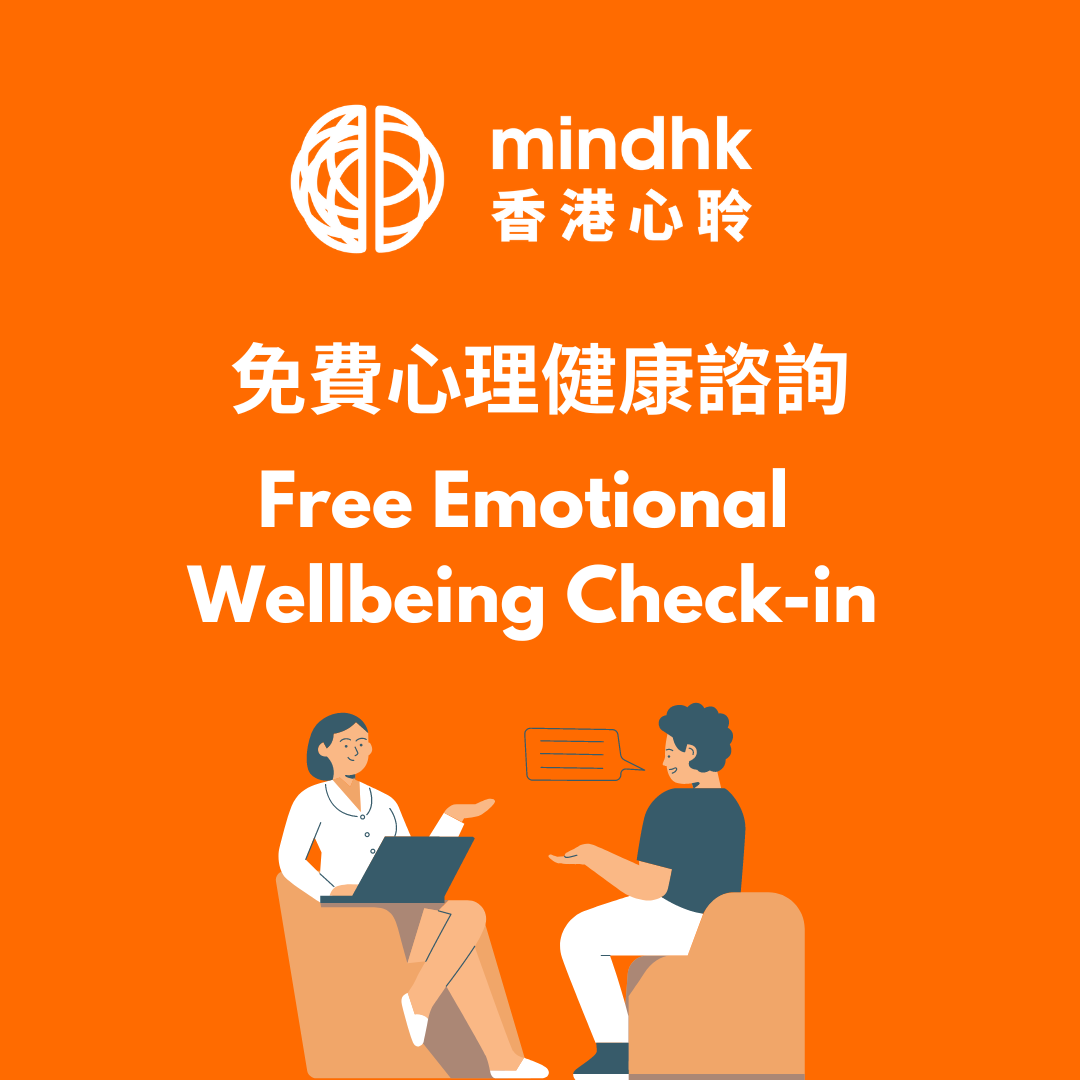What is TMS?
There is a growing body of evidence that suggests TMS can be offered as an effective, non-invasive and safe treatment alternative, for treating mental illnesses such as depression. The treatment uses magnetic fields to stimulate areas of the brain that are involved in mood regulation, and is typically used in the treatment of depression when medication has been unsuccessful, or not been well-tolerated.
TMS therapy has been approved by the US Food and Drug Administration (FDA) for the treatment of Major Depressive Disorder (MDD) since 2008 [1-3], and has been approved by the National Institute for Health and Care Excellence (NICE) in the UK. Like psychotherapy and antidepressants, TMS therapy is a well-established effective treatment for depression, and being widely used all over the world.
Neuroscience research have shown that the left dorsolateral prefrontal cortex is underactive in depression [4-6] and results in symptoms of low mood and anhedonia (inability to feel pleasure in normally pleasurable activities). TMS is a procedure that uses magnetic fields to simulate the dorsolateral prefrontal cortex and restoration of normal mood [7-11].
TMS session
A typical course of TMS therapy consists of treatments that are 30-40 minutes in duration, 5 days per week for 4-6 weeks. Patients will remain awake and sit comfortably in a recliner during the TMS session. After each session patients may resume their normal daily activities including driving or returning to work/school.
As with any type of treatment, there is a chance of experiencing side effects. In most cases, this may include headaches and scalp discomfort at the site of stimulation, and mild facial muscle twitching during treatment. A small number of individuals may experience a seizure upon receiving TMS. In the event of any adverse effects, such as a seizure, you should be medically reviewed before any further treatment is offered, and advised on how to manage these problems.
TMS therapy may not be suitable if patients have an implanted medical device, metal in your head, a history of seizure or neurological disorder. Consult a doctor or a TMS specialist for more information.
Reference
- O’Reardon, J. P., Solvason, H. B., Janicak, P. G., Sampson, S., Isenberg, K. E., Nahas, Z., . . . Sackeim, H. A. (2007). Efficacy and Safety of Transcranial Magnetic Stimulation in the Acute Treatment of Major Depression: A Multisite Randomized Controlled Trial. Biological Psychiatry, 62(11), 1208-1216.
- Lisanby, S. H., Husain, M. M., Rosenquist, P. B., Maixner, D., Gutierrez, R., Krystal, A., . . . George, M. S. (2009). Daily left prefrontal repetitive transcranial magnetic stimulation in the acute treatment of major depression: Clinical predictors of outcome in a multisite, randomized controlled clinical trial. Neuropsychopharmacology, 34(2), 522-534.
- Carpenter, L. L., Janicak, P. G., Aaronson, S. T., Boyadjis, T., Brock, D. G., Cook, I. A., . . . Demitrack, M. A. (2012). Transcranial Magnetic Stimulation for Major Depression: A Multisite, Naturalistic, Observational Study of Acute Treatment Outcomes in Clinical Practice. Depression and Anxiety, 29(7), 587-596.
- Baxter, L. R., Jr., Schwartz, J. M., Phelps, M. E., Mazziotta, J. C., Guze, B. H., Selin, C. E., . . . Sumida, R. M. (1989). Reduction of prefrontal cortex glucose metabolism common to three types of depression. Arch Gen Psychiatry, 46(3), 243-250. doi:10.1001/archpsyc.1989.01810030049007
- Bench, C. J., Friston, K. J., Brown, R. G., Scott, L. C., Frackowiak, R. S., & Dolan, R. J. (1992). The anatomy of melancholia–focal abnormalities of cerebral blood flow in major depression. Psychol Med, 22(3), 607-615. doi:10.1017/s003329170003806x
- George, M. S., Ketter, T. A., & Post, R. M. (1994). Prefrontal cortex dysfunction in clinical depression. Depression, 2(2), 59-72. doi:https://doi.org/10.1002/depr.3050020202
- Hadas, I., Sun, Y., Lioumis, P., Zomorrodi, R., Jones, B., Voineskos, D., . . . Daskalakis, Z. J. (2019). Association of Repetitive Transcranial Magnetic Stimulation Treatment With Subgenual Cingulate Hyperactivity in Patients With Major Depressive Disorder: A Secondary Analysis of a Randomized Clinical Trial. JAMA Network Open, 2(6), e195578-e195578.
- Eshel, N., Keller, C. J., Wu, W., Jiang, J., Mills-Finnerty, C., Huemer, J., . . . Etkin, A. (2020). Global connectivity and local excitability changes underlie antidepressant effects of repetitive transcranial magnetic stimulation. Neuropsychopharmacology.
- Weigand, A., Horn, A., Caballero, R., Cooke, D., Stern, A. P., Taylor, S. F., . . . Fox, M. D. (2018). Prospective Validation That Subgenual Connectivity Predicts Antidepressant Efficacy of Transcranial Magnetic Stimulation Sites. Biol Psychiatry, 84(1), 28-37. doi:10.1016/j.biopsych.2017.10.028
- Rosen, A. C., Bhat, J. V., Cardenas, V. A., Ehrlich, T. J., Horwege, A. M., Mathalon, D. H., . . . Yesavage, J. A. (2021). Targeting location relates to treatment response in active but not sham rTMS stimulation. Brain Stimulation, 14(3), 703-709.
- Modak, A., & Fitzgerald, P. B. (2021). Personalising transcranial magnetic stimulation for depression using neuroimaging: A systematic review. The World Journal of Biological Psychiatry, 1-23. doi:10.1080/15622975.2021.1907710




